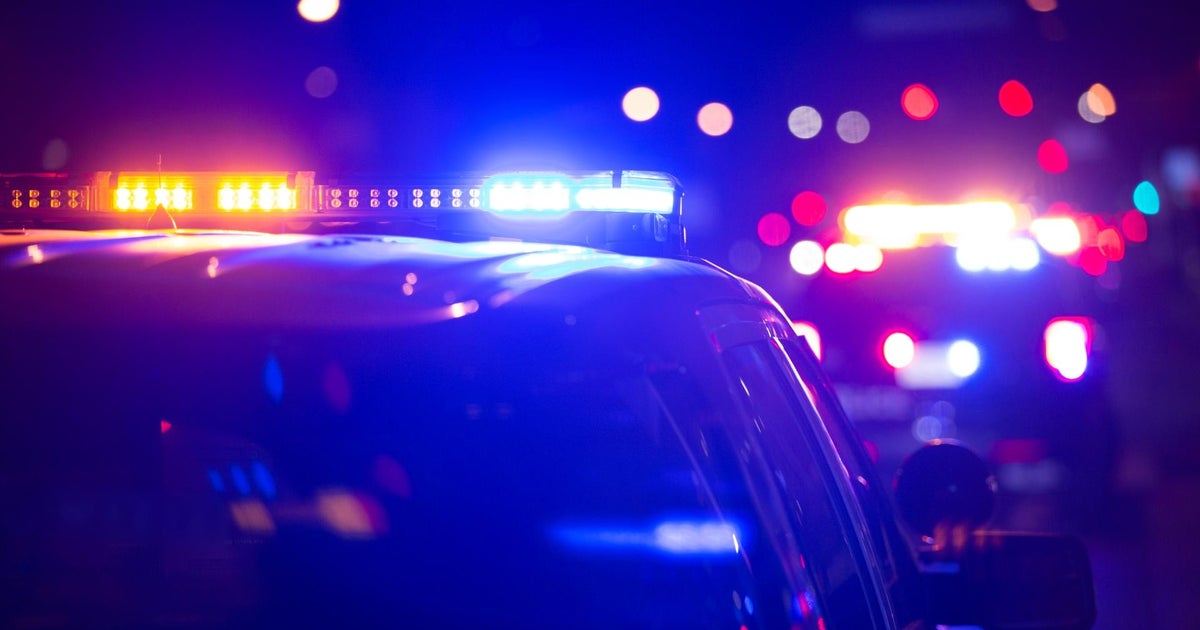Pictures Of Destruction, Why We Look And How They Affect Us
PHILADELPHIA (CBS) - We've been overwhelmed with images of unimaginable destruction for the three days since the earthquake and tsunami in Japan. A Penn professor studied how such pictures affect us.
Was it the 33 foot wave devouring homes? The collapsed building spilled over the ground like so many toothpicks? The flames mushrooming over the nuclear reactor? Which picture was it that brought home the terrible reality of the earthquake in Japan?
Barbie Zeilzer, University of Pennsylvania communications professor and author of About to Die: How News Images Move The Public, says the pictures are doing more for our understanding of the event than just conveying information.
"They engage us, they make us look, they grab our attention but they don't turn us away with so much gruesome and graphic detail," Zeilzer said.
She says the pictures never show dead bodies but they lead us to understand that they are there.
"They push questions of our own mortality, they're awesome in the old version of the word, creating real terror," Zeilzer said.
She says this visceral understanding is an important part of engaging with the story. Even as globalization makes the world a smaller place, she adds that the distance between here and there is shrinking.
CBS Philly's Local Coverage Of The Earthquake In Japan
CBS News Complete Coverage Of The Earthquake In Japan
Reported by Pat Loeb, KYW Newsradio



